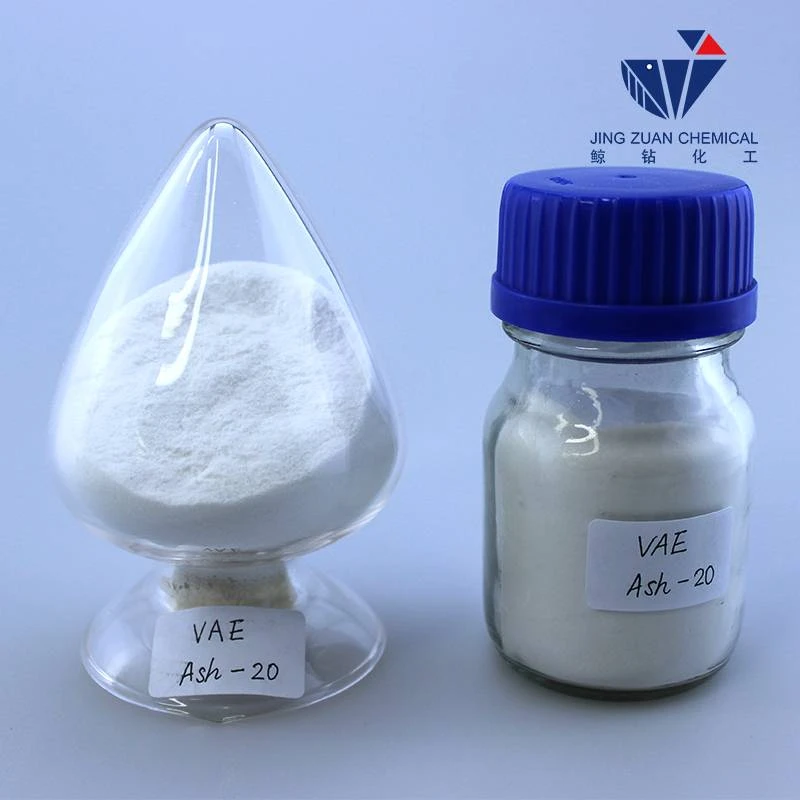
Th10 . 22, 2024 04:34 Back to list
Applications and Uses of Hydroxyethyl Cellulose in Various Industries
What is Hydroxyethyl Cellulose Used For?
Hydroxyethyl cellulose (HEC) is a versatile and widely used cellulose derivative that has gained significant attention in various industries due to its unique properties. As a non-ionic, water-soluble polymer, HEC is derived from natural cellulose and modified through the reaction with ethylene oxide. Its characteristics, such as thickening, emulsifying, and stabilizing capabilities, make it an essential component in numerous applications. In this article, we will explore the various uses of hydroxyethyl cellulose across different sectors.
1. Cosmetic and Personal Care Products
One of the primary applications of hydroxyethyl cellulose is in the cosmetic and personal care industry. HEC is commonly used as a thickening agent in lotions, creams, shampoos, and conditioners. Its ability to provide a desirable viscosity enhances the texture and usability of cosmetic products. Moreover, HEC contributes to the stability of emulsions, ensuring that oil and water components remain mixed, which is crucial for the performance of lotions and creams. Additionally, hydroxyethyl cellulose is valued for its skin-conditioning properties, helping to retain moisture and improve the overall feel of cosmetic products.
2. Pharmaceuticals
In the pharmaceutical sector, hydroxyethyl cellulose is utilized as a binder, thickener, and stabilizer in various medicinal formulations. It is particularly important in creating controlled-release drug formulations. By modulating the release rate of active ingredients, HEC can improve the efficacy of medications while minimizing side effects. Furthermore, HEC is employed in topical ointments and gels, where it acts as a vehicle for drug delivery, ensuring that active compounds are effectively absorbed by the skin.
HEC also finds applications in the food industry as a food additive and thickening agent. It is used to improve the texture and mouthfeel of various products, such as sauces, dressings, and dairy items. Hydroxyethyl cellulose can help stabilize emulsions and prevent the separation of ingredients, ensuring a uniform product. Additionally, its properties allow it to retain moisture, making it beneficial for baked goods and processed foods by extending their shelf life.
what is hydroxyethyl cellulose used for

4. Construction and Building Materials
In the construction industry, hydroxyethyl cellulose is used as an additive in cement-based materials, such as mortars and plasters. The incorporation of HEC enhances the workability and adhesion of these materials while also improving water retention. This is crucial for ensuring proper curing and avoiding premature drying, which can lead to cracks and other defects in construction materials. HEC’s versatility makes it an essential additive in formulating high-performance building products.
5. Household Products and Cleaning Agents
Hydroxyethyl cellulose is frequently found in household cleaning products due to its thickening and suspending properties. It helps to stabilize formulations such as detergents, liquid soaps, and surface cleaners, ensuring even distribution of active ingredients. HEC enhances the effectiveness of cleaning agents by allowing them to cling to surfaces for a longer duration, improving cleaning performance.
6. Paints and Coatings
In the paints and coatings industry, hydroxyethyl cellulose serves as a thickener and stabilizer. It contributes to the viscosity and flow properties of paint formulations, ensuring an even application. HEC also plays a role in preventing sedimentation of pigments and fillers, resulting in a more consistent finish.
Conclusion
Hydroxyethyl cellulose is a multifunctional polymer that serves a wide array of applications in various industries, from cosmetics to pharmaceuticals, food, construction, and household products. Its unique properties, including thickening, stabilizing, and emulsifying capabilities, make it an invaluable ingredient in formulating effective products. As industries continue to innovate and prioritize sustainable materials, the demand for versatile compounds like hydroxyethyl cellulose is likely to increase, further highlighting its importance in modern applications.
-
Unlocking the Benefits of HPMC Products: A Gateway to Versatile Applications
NewsAug.07,2025
-
Unleashing the Potential of HPMC Ashland: A Comprehensive Look
NewsAug.07,2025
-
Tile Bonding Cellulose: The Key to Superior Adhesion and Durability
NewsAug.07,2025
-
Hydroxypropyl Methylcellulose Powder: The Versatile Component in Modern Pharmaceuticals
NewsAug.07,2025
-
Hydroxyethyl Cellulose: The Versatile Solution for Various Industries
NewsAug.07,2025
-
Hydroxyethyl Cellulose (HEC): The Versatile Polymer for Various Applications
NewsAug.07,2025







